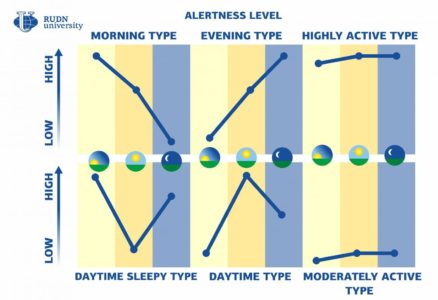Teaching kids pain (the right way), money buys scripts, lies my teacher told me, and more
03 Dec 2020
Posted by Andrew Kantor
Clickbait that’s real: “This simple trick can improve diabetes care” (it really can)
The trick? After giving instructions, tell your patients, “Repeat what you heard.” It’s called “teach-back.”
At the one-year follow-up, patients whose care providers used teach-back with them were 20% less likely to have diabetes-related health complications, including heart disease and kidney or eye problems. They were also less likely to be hospitalized with diabetes-related complications.
ICYMI: Covid-19 Vaccine
The UK has approved Pfizer’s Covid-19 vaccine. (US approval is expected within weeks.)
The CDC’s ACIP panel voted 13-1* to recommend that the first people to get the Covid-19 vaccines should be residents and employees of nursing homes, and front-line healthcare workers. By the time you read this, the CDC should have decided whether to accept that recommendation.
After that is likely to be adults with medical conditions that put them at high risk of infection (e.g., those with diabetes or obesity) and anyone over 65.
States are not required to follow the panel’s recommendations, but they usually do. The final decision will rest with governors, who are consulting with their top health officials as they complete distribution plans.
* The one dissenter was concerned that the vaccines had not been tested enough on older people.
Do hurry, won’t you?
There’s mounting evidence that the SARS-CoV-2 virus can cross the blood-brain barrier via the nose, entering the central nervous system.
Are you updated?
Despite our best efforts, 2020 isn’t over yet — so now’s a good time to take a break and grab a bit of timely CE credit, courtesy of CPEasy. Each of these two hot classes is available on demand, and a mere $20 for GPhA pharmacist members.
2020 Annual Law Update
Presented by Greg Reybold, GPhA general counsel and VP of public policy
Join Greg for an exclusive rundown on what’s going on with PBM and Medicaid managed care reform, what’s next for Georgia pharmacists, and what new responsibilities you need to be aware of. You won’t get information about pharmacy-related law that’s this in depth, this up-to-the-minute anywhere but here.
2020 New Drug Update
Presented by Ashish Advani, PharmD
Ashish will walk you through the drugs released within the past year, comparing them to older agents — learn any advantages with in pharmacology, pharmacokinetics, efficacy, safety, or cost. Special bonus: a look a drugs in the pipeline!
You can find them and all our home-study courses at GPhA.org/cpeasy!
Kids learn the wrong kind of pain
To prepare them for adulthood, kids need to learn about pain — chronic, existential, and unrelenting. Unfortunately (say British researchers), television doesn’t do a very good job … despite showing “8.66 incidents of pain per hour.”
TV’s version of pain is more violent, more frequent, and less likely to get empathy from others — not what you want your child to learn, presumably.
“Our assessment is that these programmes could do much more to help children understand pain by modelling it in different ways and crucially by showing more empathy when characters experience pain.

And you thought they were role models
Strawberry AIDS drug for children
Children born with HIV infection now have a more flavorful alternative to the awful-tasting dolutegravir: a quick-dissolving strawberry-flavored version.
Resistance is a little more futile
The headline: “‘Anti-antibiotic’ allows for use of antibiotics without driving resistance“.
The reality: If you add cholestyramine to daptomycin, you might prevent one particular bacteria (E. faecium) from developing antibiotic resistance to the daptomycin. So one drug, one bacteria.
Yes, this is a great proof of concept, but it’s not an all-encompassing way to prevent resistance from developing.
Speaking of resistance …
An electrical/computer engineer (!) at Binghamton University has developed a way to determine if an infection is killable by an chosen antibiotic — without waiting days for a result.
Rather than needing several days of testing to see if a particular bacteria is killed by an antibiotic, Sean Choi’s device monitors the electron-transfer rate among the bacterial cells. Low transfer rate means the bacteria is dying and the drug is effective.
The device could provide results about antibiotic resistance in just five hours, which would serve as an important point-of-care diagnostic tool, especially in areas with limited resources.
You get what you pay for — more prescriptions
Q: Are Financial Payments From the Pharmaceutical Industry Associated With Physician Prescribing?
A: Yes.
Everything I learned in school was a lie
First they told me there were nine planets (there are eight). Then they said there were five senses (there are dozens). And I won’t even get into the whole gender thing.
Now I learn that there aren’t just morning people and night owls, but six different “chronotypes” — and the other four don’t even have cool names, just “highly active,” “daytime sleepy” and the like.

If you mix and match, you can form all the pre-Nordic runes!
The Not-So-Long Read: Drug development
A medicinal chemist offers a perspective on “Drug Development: The Big Problems“


